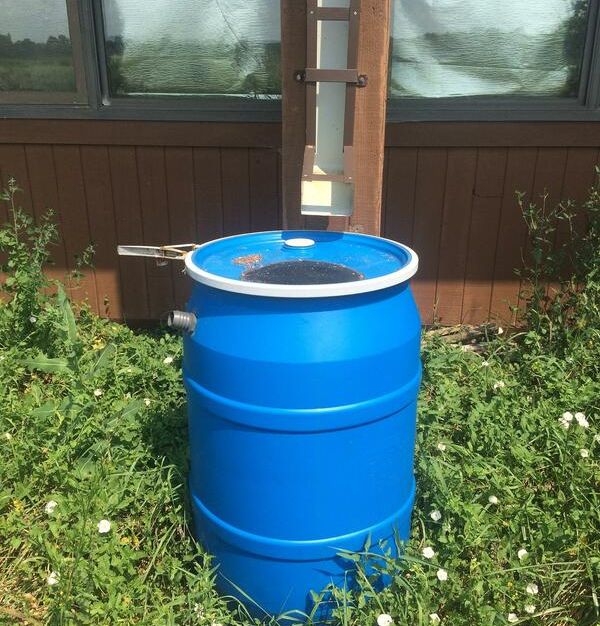|
How you manage and conserve rainwater is one of the most important things in an organic garden. Fresh water is essential for our growing efforts. Whether you live in an arid area with low rainfall, or somewhere where rainfall is abundant, it always makes sense to pay attention to how you collect, store and use water in your garden. Harvesting Rainwater
Whether you get a lot of it, or just a little, harvesting rainwater is essential for all organic gardeners who want to garden sustainably long-term. You can harvest rainwater from your home, your polytunnel or from other structures in your garden. Collecting rainwater is not only better for the environment, it makes for healthier plants too. Swales & Irrigation In a sustainable, organic garden, it is a great idea to consider how you will link your rainwater harvesting system to your growing areas. Of course, you can simply allow a rainwater butt or barrel to fill. However, you could also consider allowing rainwater to flow into an irrigation or water retention system of some kind.
Garden Ponds/ Reservoirs If you harvest more substantial quantities of rainwater in your garden, you could also consider installing a direct feed which carries the water you collect from rooftops to a garden pond, or reservoir, which will store the water. The added benefit of a pond or open reservoir is that it will attract a wide range of beneficial wildlife to your garden and allow you to increase the biodiversity of your space. Learning how to manage water in your garden is an important skill to master. It can help you prepare for disaster and become more self-reliant and self-sufficient, whatever the future may bring.
1 Comment
Kim Tanti
11/22/2019 06:50:16 pm
I like to grow my own tomatoes and want to get a rain barrel for watering.
Reply
Leave a Reply. |
GROW ORGANIC!
|
|


 RSS Feed
RSS Feed




